The Future of Brass CNC Machining Innovations and Trends in Precision Engineering
The landscape of precision engineering is continuously evolving, with brass CNC machining at the forefront of these innovations. As industries increasingly demand higher precision and efficiency, the brass CNC machining sector has witnessed a significant transformation, driven by advancements in technology and materials. According to a recent report by Grand View Research, the global CNC machining market is projected to reach $100 billion by 2025, with non-ferrous metals, including brass, making up a substantial portion of this growth due to their excellent machinability and corrosion resistance.
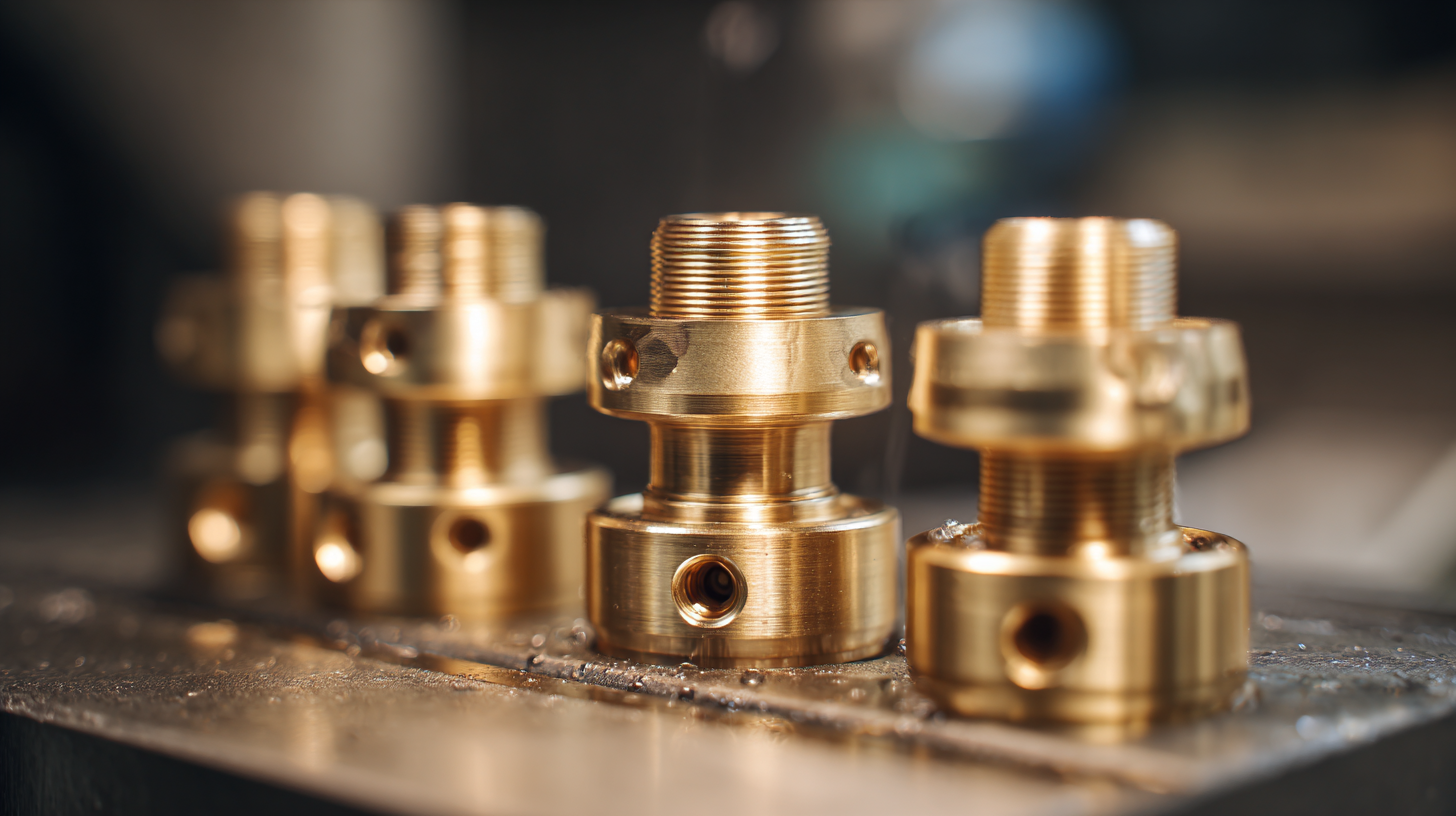
Furthermore, the integration of smart manufacturing technologies, such as IoT and AI, is revolutionizing the way machining processes are optimized, resulting in improved productivity and reduced lead times. This article explores the current trends and innovations shaping the future of brass CNC machining, highlighting its crucial role in precision engineering and its implications for various industries.
Emerging Technologies in Brass CNC Machining for Enhanced Precision
Emerging technologies in brass CNC machining are revolutionizing the field of precision engineering, leading to unprecedented levels of accuracy and efficiency. Advances such as adaptive machining, where CNC systems adjust in real-time to variations in material hardness and temperature, are enhancing production capabilities. These innovations allow for tighter tolerances and reduced waste, ultimately contributing to lower production costs and shorter lead times.
Furthermore, the integration of artificial intelligence in CNC machining processes is paving the way for smarter production environments. AI algorithms can analyze vast amounts of data collected during machining operations, enabling predictive maintenance and optimization of manufacturing workflows. This not only enhances precision but also increases the reliability of machining processes, making it possible for engineers to deliver high-quality products consistently. As the industry continues to embrace these cutting-edge technologies, the future of brass CNC machining looks promising, with potential applications expanding across various sectors.
Integration of AI and Machine Learning in Precision Engineering Processes
The integration of AI and machine learning in precision engineering processes is fundamentally transforming the landscape of brass CNC machining. Recent industry reports indicate that the global market for AI in manufacturing is projected to reach $16.7 billion by 2026, reflecting a compound annual growth rate (CAGR) of 47.0% from 2021. This rapid growth underscores the increasing reliance on AI-driven technologies to enhance efficiency, precision, and overall productivity in machining operations.
One significant trend is the implementation of predictive maintenance powered by machine learning algorithms. These algorithms analyze data from CNC machines to foresee potential breakdowns before they occur, significantly reducing downtime and maintenance costs. According to a study by McKinsey, predictive maintenance can reduce maintenance costs by up to 30% and increase productivity by 20%—an attractive proposition for manufacturers in a competitive market. Moreover, AI-powered quality control systems are being developed to identify defects in real time, leading to higher quality standards in brass components and reduced waste in production processes. This shift not only optimizes operational efficiency but also aligns with the industry's growing emphasis on sustainability.

Sustainable Practices and Materials in Brass Manufacturing Innovations
Sustainable practices and materials are becoming central to innovations in brass manufacturing and precision engineering. As the global brass market is projected to reach USD 21.08 billion by 2033 from USD 9.65 billion in 2025, the industry is increasingly focusing on environmentally responsible production methods. This shift not only addresses the growing demand for sustainability but also aligns with the broader trend of circular economy practices across various sectors, including leather and semiconductor manufacturing. By adopting sustainable materials and promoting recycling, the brass industry aims to enhance its environmental footprint while maintaining competitive growth.
The ongoing trends in sustainable design are exemplified by initiatives such as those showcased at DDW2025, where creative solutions meet conscious innovation. The integration of advanced technologies, such as Bluetooth connectivity and smart tools in manufacturing processes, further enhances operational efficiency while prioritizing eco-friendly practices. As the industry evolves, the emphasis on sustainable materials and processes in brass CNC machining will play a crucial role in advancing precision engineering and catering to a market increasingly driven by consumers seeking environmentally responsible products.
The Future of Brass CNC Machining: Innovations and Trends in Precision Engineering
The Role of Automation in Revolutionizing CNC Machining Efficiency
The role of automation in revolutionizing CNC machining efficiency is increasingly significant in the realm of precision engineering. As manufacturers strive for higher productivity and lower operational costs, integrating automation into CNC machining processes has become a game-changer. Automated systems streamline workflows, minimize human error, and enhance precision—allowing for the production of complex brass components with remarkable consistency. Robotics and advanced software enable machines to operate with minimal supervision, significantly reducing downtime and increasing output rates.

Furthermore, the implementation of smart technologies, such as the Internet of Things (IoT) and artificial intelligence (AI), empowers CNC machines to adapt and optimize their operations in real-time. These innovations provide valuable data insights that aid in predictive maintenance, helping to avoid unexpected breakdowns and maximize machine lifespan. As this trend continues to evolve, we can anticipate further breakthroughs in CNC machining efficiency, paving the way for industries to meet the growing demands for high-quality brass components while maintaining competitive advantage in a fast-paced market.
Trends Shaping the Future of Custom Brass Components in Diverse Industries
The future of custom brass components is being shaped by innovative trends across various industries. With the rise of precision engineering, the demand for high-quality brass CNC machining is expected to increase significantly. Industry reports indicate that the market for custom brass components is poised for growth, driven by advancements in technology and manufacturing processes. As industries such as automotive and construction seek more durable and lightweight materials, brass’s unique properties make it an ideal candidate for custom applications.
In addition, the integration of smart technologies in manufacturing processes is streamlining production and enhancing precision. This is particularly evident in CNC machining, where automation is allowing for greater efficiency and reduced lead times. Emerging trends also highlight the importance of sustainability in brass manufacturing, with an increasing focus on recycling and eco-friendly production methods. Companies that prioritize these innovations are likely to gain a competitive edge in the evolving marketplace.
Tips: As you consider custom brass components for your projects, prioritize suppliers that utilize advanced manufacturing technologies and adhere to sustainability practices. Additionally, stay updated on industry reports and market trends to make informed decisions about material selection and production techniques. Embracing these trends will not only enhance product quality but also align your business with the future direction of the industry.
| Trend | Description | Impact on Industry | Applications |
|---|---|---|---|
| Automation in CNC Machining | Integration of advanced robotics and AI to enhance precision | Increases efficiency and reduces manufacturing costs | Automotive, Aerospace, Electronics |
| Sustainability Practices | Use of eco-friendly materials and waste reduction strategies | Promotes environmental responsibility and compliance | Manufacturing, Plumbing, Decorative Arts |
| Customization and Flexibility | Tailored solutions to meet specific client needs | Improves customer satisfaction and competitive edge | Consumer Products, Medical Devices, HVAC |
| Advanced Material Development | Innovations in alloys and composite materials | Enhances product performance and durability | Industrial Equipment, Aerospace Components, Decorative Items |
| Smart Manufacturing Technologies | Utilization of IoT for real-time monitoring and data analytics | Enhances decision-making and operational efficiency | Various Manufacturing, Supply Chain Management |
Related Posts
-
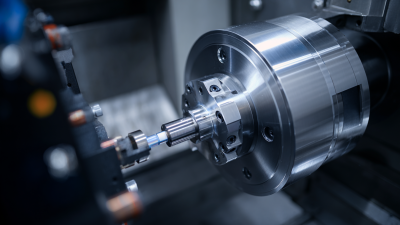
Exploring the Future of Precision Engineering with CNC Turning Machines
-
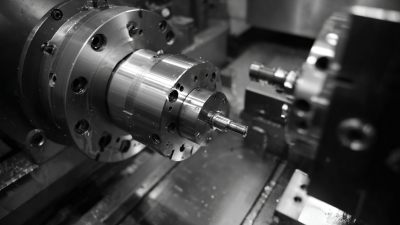
Unlocking Precision: How CNC Machining Parts are Revolutionizing Modern Manufacturing
-
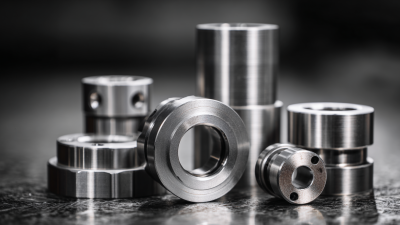
Discover the Best Techniques for CNC Turning Parts Manufacturing Efficiency
-
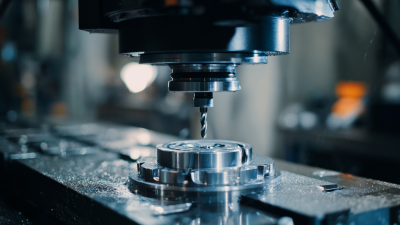
Exploring the Future of Manufacturing: How CNC Machine Tools Revolutionize Precision Engineering
-
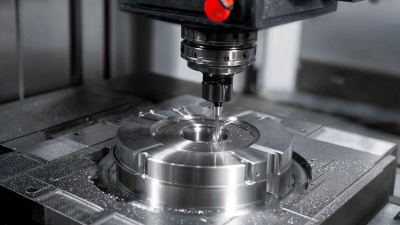
Understanding the Benefits of Large Part CNC Machining for Precision Manufacturing
-
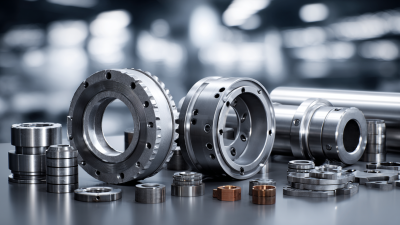
Unlocking Innovation: The Vital Role of Machined Parts in Modern Manufacturing Advances
